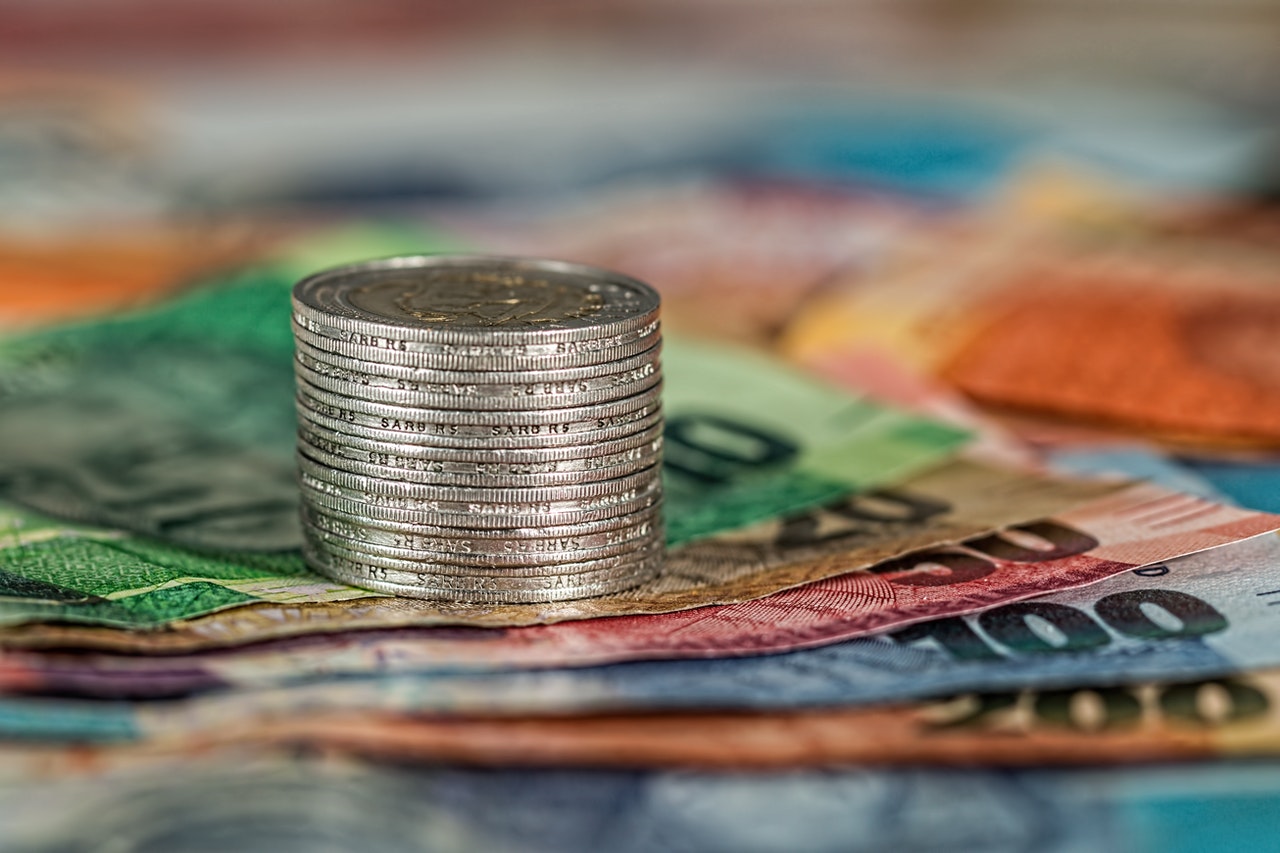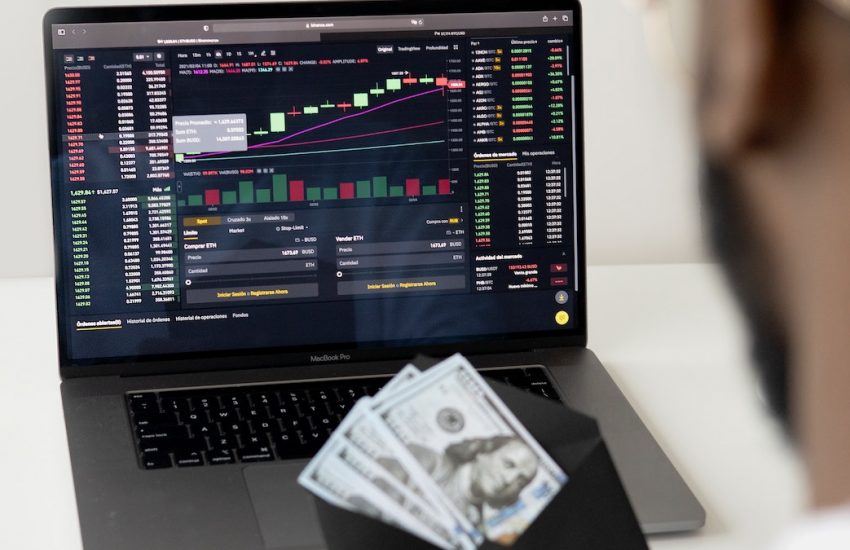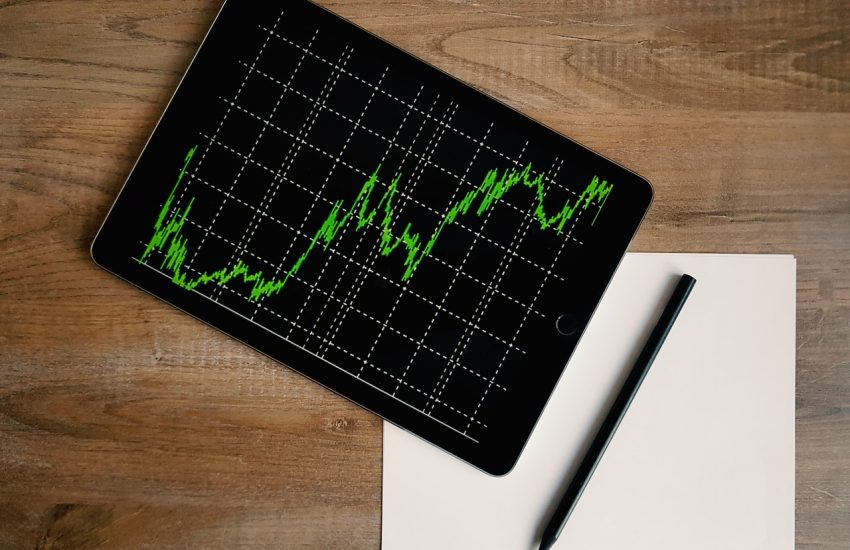How to use carry trades successfully?
Carry trades are a way for investors to profit from the difference in interest rates of two different currencies, allowing one high-yielding currency to be used to buy another.
When an investor considers making a carry trade, they must understand the basics of how it works, what factors influence its success and risk, and when trouble can arise.
The following will give a brief overview of that information:
How a carried trade works
A carried trade is essentially borrowing money at a low rate and investing it in something that returns more than the borrowed funds. This trade works well when rates on safe investments such as treasury bills (T-bills) are higher than rates on currencies.
Here is an example:
Let’s assume that the US-dollar LIBOR (London Interbank Offered Rate) is 3.00% and that the New Zealand dollar interest rate for T-bills is 4.75%. It means it would cost $1,000 (US dollars) to borrow 100,000 New Zealand dollars for three months.
With this information in mind, I could borrow 100,000 NZD, invest them in something else with a higher rate of return or sell NZD against USD at the market exchange rate of 0.7802, turning my investment into 107,020 USD (selling for 0.7802 x 107,020 = 100,000).
Money-market accounts and treasury bills (T-bills) pay a higher rate than LIBOR because they are riskier, but their returns are still lower than other investments.
Risk factors
Carry trades can be risky for several reasons:
- This strategy takes advantage of interest differentials, which means that both investment types must offer comparable risks.
If one looks like a safe investment and the other does not, it probably would not make sense to make this trade. Fabricar pinturas.
A good example is if US T-bills were paying 1% and New Zealand dollars offered 9%; there’s no point in borrowing at 1% and investing in something with less security when I could earn 1% interest on my money without the risk.
- The exchange rate is constantly changing, making it more difficult to predict what your money will be worth once it’s returned (compared to holding onto dollars or NZD).
If you borrow New Zealand dollars and invest in something with a 5% return, but the exchange rate on USD against NZD drops by 10%, then I would have lost money on this transaction (-5% + -10% = -15%) despite earning 5%.
- You need to tie up your capital for an extended period. If you buy high-risk investments that pay generous returns, then you should understand that if their value falls after you purchase them, there might not be any way to recover your initial funding (capital).
It means if you spend $5,000 on an investment that drops to only $4,000 five months later, then there’s no simple way of recovering the initial loss.
When carry trades go wrong
A carry trade can go wrong in several ways:
- If interest rates for T-bills and other “safe” investments fall while riskier rates remain high, this will make it less attractive to borrow money. The same example is given above; if US T-bills were paying 1%, borrowing money to invest elsewhere would not be profitable or viable.
- If the exchange rate stays the same but risky returns drop below LIBORrates, this is also not good for investors. If risky investments are sold heavily, it can happen, causing their yields to drop.
- If the exchange rate of two currencies changes so that one becomes more attractive than the other, you could end up incurring a loss since you had to pay back your debt using more expensive funds (you’re forced to by contract).
Carry trade investments
Here are some examples of high-risk but potentially high-reward investments that would work well in a carry trade:
- High-yield bonds
- Emerging market stocks/bonds
- Junk Bonds
- Currency Futures
- Oil futures contracts



